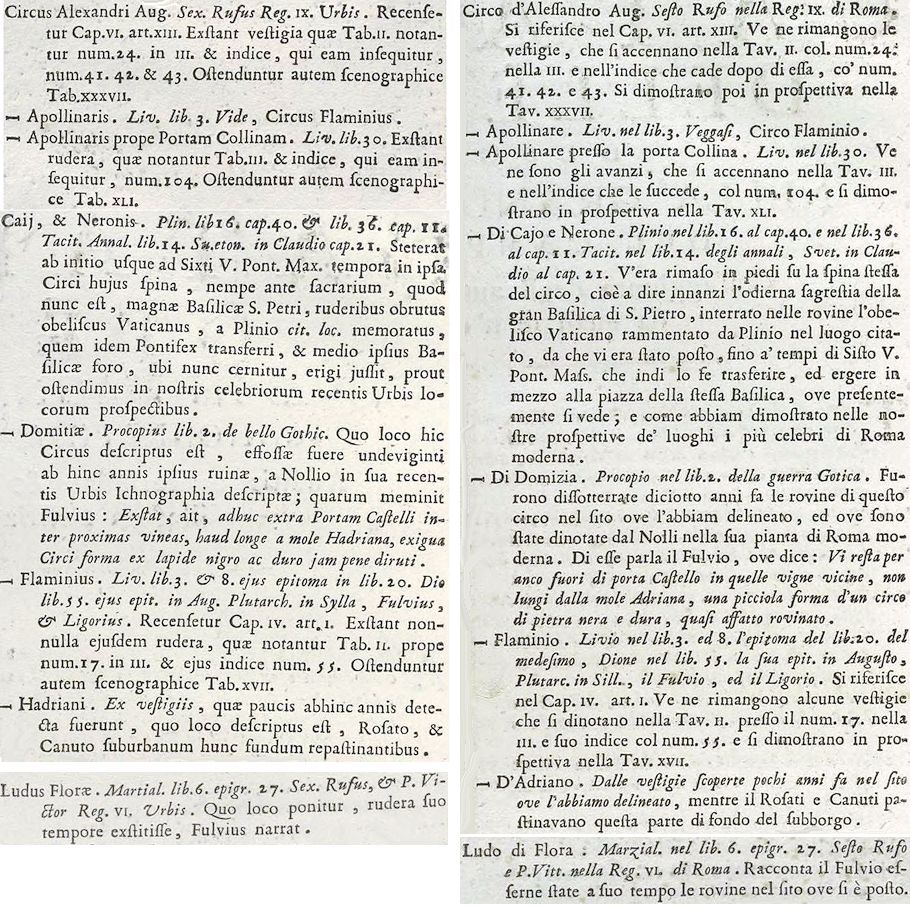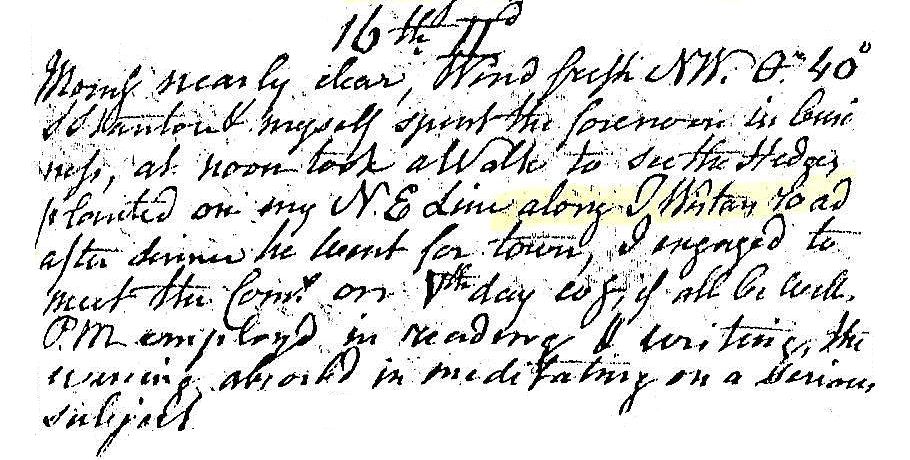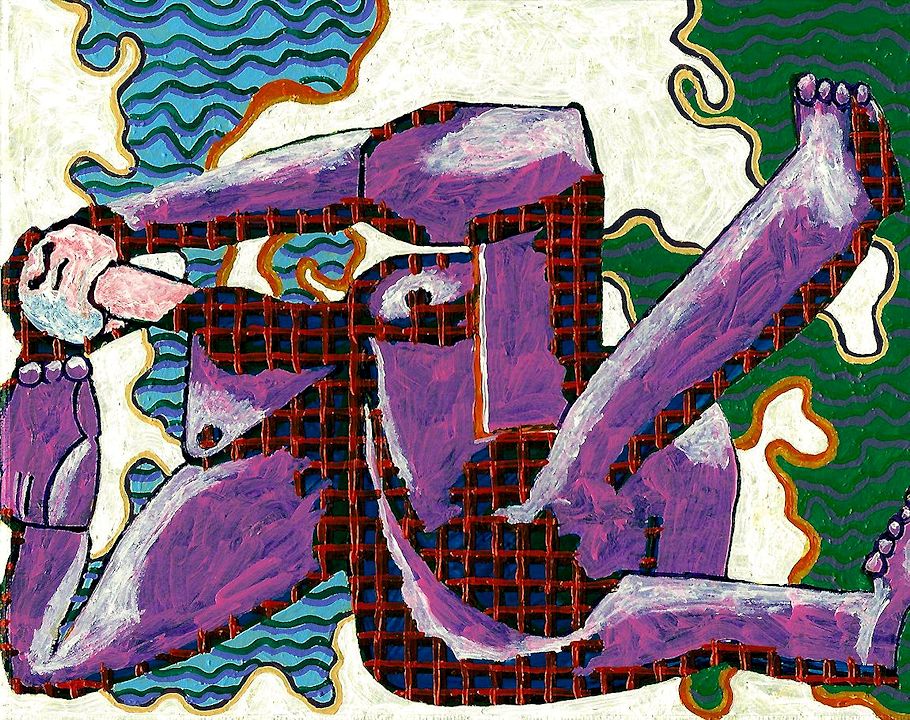1762

Exerpts of the Catalogus Operum/Catalogo delle Opere within Il Campo Marzio dell'Antica Roma, 1762.
Circus of Alexander Aug. Sesto Rufo in the Reg: IX of Rome. It is referred to in Chapter VI art. XIII. There remain the vestiges, which are mentioned in the Tav. II col. no. 24 in the III and in the index that falls after it, with no. 41, 42, and 43. They are then shown in perspective in Plate XXXVII.
Circus Apollinare at Porta Collina. Livy in the book 30. There are remnants of it, which are mentioned in Tav. III and in the index that follows, with no. 104 and are shown in perspective in Table XLI.
Circus of Cajo and Nero. Pliny in the lib. 16 to chap. 40 and in the lib. 36 to chap. 11. Tacitus in the lib. l4 of the Annals, Svet. in Claudius in chap. 21. There stood on the very backbone of the circus, that is to say in front of today's sacristy of the great Basilica of St. Peter, buried in the ruins the Vatican obelisk mentioned by Pliny in the place mentioned, since it had been there place, up to the times of Sisto V. Pont. Mass. who then had it transferred, and erected in the middle of the square of the same Basilica, where it is currently seen; and as we have demonstrated in our perspectives of the most famous places of modern Rome.
Circus of Domitia. Procopius in book 2 of the Gothic War. The ruins of this circus were unearthed eighteen years ago on the site where we have outlined it, and where they have been indicated by Nolli in his map of modern Rome. Fulvio speaks of them, where he says: Even outside Porta Castello there remains in those nearby vineyards, not far from Hadrian's Mausoleum, a small form of a circus of black and hard stone, almost totally ruined.
Circus Flaminius. Livy in the lib. 3 and 8 the epitome of lib. 20 of the same, Dione in lib. 55 his epit. in Augustus, Plutarch. in Sill., Fulvio and Ligorio. It is referred to in Chapter IV art. I. There remain some vestiges which are shown in Table II. at the no. 17 in III. and its index with the num. 55 and are shown in perspective in Table XVII.
Circus of Hadrian. From the vestiges discovered a few years ago on the site where we outlined it, while Rosati and Canuti were cooking this part of the bottom of the suburb.
Games of Flora. Marziai, in the lib. 6 epigr. 27. Sextus Rufus and P. Vitt. in Reg. VI of Rome. Fulvio recounts that in his time there were ruins on the site where it is located.
16 November 1778 Monday
. . . . . .
16 November 1812 Monday

Morning nearly clear. ... S. Stanton and myself spent the forenoon in business, at noon took a walk to see the hedges planted along my NE line along J. Wistar's road. After dinner he went for town. I engaged to meet the Committee[?] on Thursday .... if all be well. PM employed in reading and writing, the evening absorbed in meditating on a serious subject.
16 November 1998
Tafuri, Manfredo
After an extended independent analysis of the Ichnographia Campus Martius, it becomes evident that Tafuri misreads Piranesi's large plan in most cases. Tafuri's text indicates no research of the plan beyond simply looking at it and subsequently offering a description of what Tafuri thinks he sees. (In fact, a careful reading of both Tafuri's texts and the text of Fasolo from 1956, clearly shows that Fasolo's text greatly influenced Tafuri's observations.) For example, in calling out the various axes of the Campo Marzio, Tafuri notes the axis running through Hadrian's Tomb, but he fails to recognize it's symbolic function as the Axis of Death; nor does he identify the Axis of Life that runs perpendicular to the Axis of Death. Moreover, Tafuri marginally notes the semblance of an axis within the northeast sector of the plan, yet he never mentions that Piranesi labeled this axis the Equiria, place of the annual horse races instituted by Romulus in honor of Mars.
These are just two examples which plainly demonstrate that Piranesi's plan holds significant and coherent symbolic content, however, recognition of Piranesi's "carved in stone" symbolism necessarily negates Tafuri's primary thesis that the Ichnographia Campus Martius is utterly fragmented and devoid of "language." Ironically, had Tafuri not discounted the presence of language and instead actually translated the hundreds of Latin labels Piranesi applies throughout the plan, he would have concluded with a more accurate, if not also a more honest reading.
It is truly unfortunate that the subsequent 20th century Campo Marzio analyses of Allen, Bloomer, and Eisenman, build upon Tafuri's mistakes rather than correct them.
16 November 2017

POPICA 007
16 November 2022 Wednesday
Earlier, lots of jokes with JP. And then finding out that, as far as Piranesi's concerned, the Circus of Domitia and the Circus of Hadrian are one and the same. Ha! I never thought about it before, but I'm now seriously thinking that Piranesi himself wrote all the entries of the Catalogo delle Opere--in essence Piranesi's personal Campo Marzio notes.
|